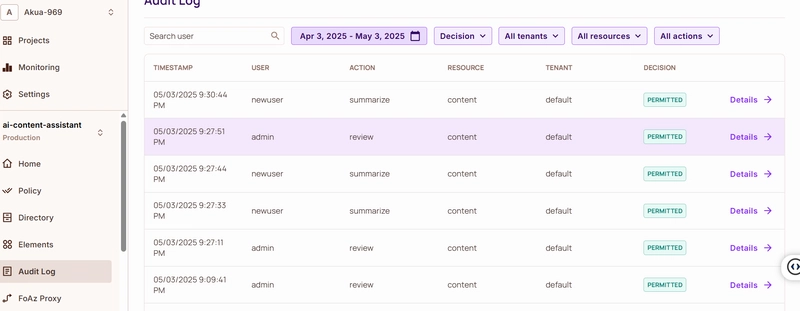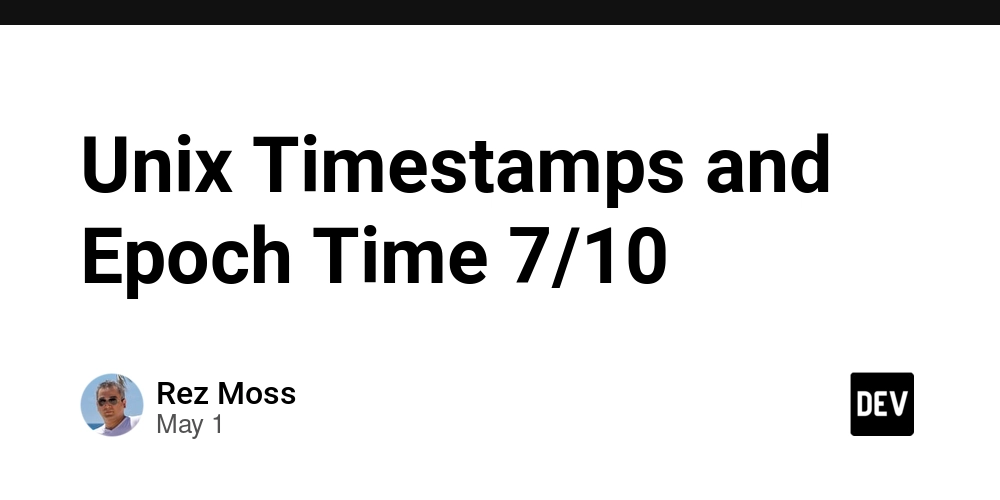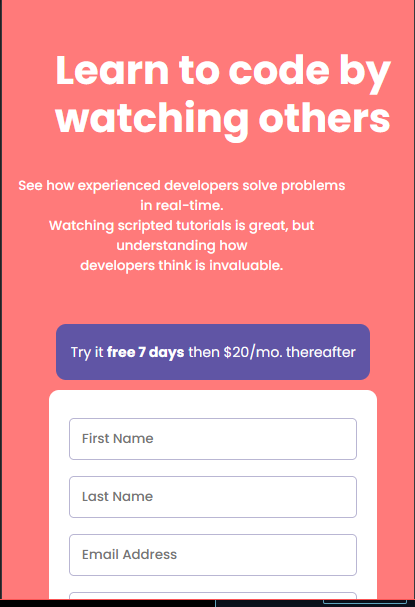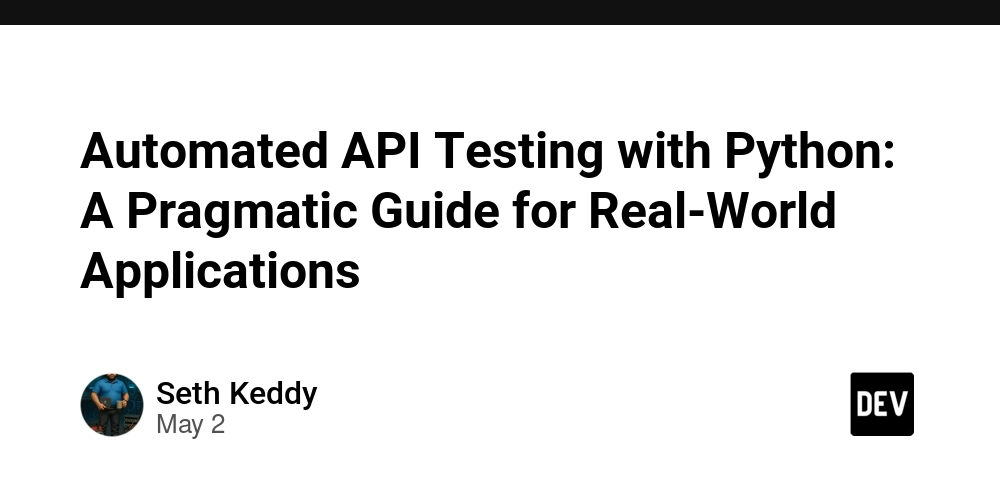AI Summary Manager with Role-Based Access Control
This is a submission for the Permit.io Authorization Challenge: AI Access Control What I Built I built an AI Content Assistant, is an AI-powered content summarization tool enhanced with fine-grained access control using Permit.io. It allows users to submit content for summarization using AI (mocked in this version), while only authorized roles such as admins can review and publish the generated summaries. The goal is to demonstrate how externalized authorization can be used to secure AI-driven workflows in a real-world application. Problem It Solves: In many content-heavy environments—like media companies, knowledge bases, or educational platforms—AI can streamline the summarization process. However, there’s often a need to ensure that only approved personnel can review or publish AI-generated output. This project solves that by integrating Permit.io to manage access control declaratively and securely, ensuring users only perform actions they're authorized for. It helps prevent unauthorized publishing of unreviewed AI content while maintaining a seamless workflow between users and reviewers. Demo Demo Link Project Repo Repo Link My Journey Process & Challenges: My process began by outlining the core functionality of the AI Content Assistant: allowing users to submit text content for summarization using AI, and enforcing fine-grained authorization through Permit.io. The goal was to build two distinct experiences—one for content users, and another for admins/reviewers who manage approval. Key steps I followed: Project Setup I initialized a modern frontend with Vite, React, TypeScript, and TailwindCSS, and used Node.js with Express for the backend. We chose Render for backend deployment and Vercel for the frontend for quick and cost-effective hosting. Permit.io Authorization Integration Using Permit.io’s SDK, we created roles (user, admin) and enforced permissions through declarative permit.check() calls. For example, users could only summarize content, while admins were the only ones authorized to review or publish. AI Integration & Challenge Mitigation Initially, I planned to use OpenAI's API for summarization, but ran into quota limitations and couldn’t afford a paid plan. To overcome this, I mocked the AI responses in a realistic way, allowing the core flow of the app to remain intact and testable. Integrating Fine-Grained Authorization with Permit.io Used permit.check() to enforce who can: Submit content (user) Review and publish summaries (admin) User & Admin Interfaces I built: A **User Dashboard **where content can be submitted and feedback is received on submission. An Admin Dashboard where pending summaries are listed with options to approve or reject. UI Feedback and UX Polish We implemented alerts to notify users when submissions were successful or when errors occurred, improving usability. Testing Authorization Paths A big part of the challenge was validating that Permit.io’s rules were correctly enforced. We tested each API endpoint with both roles to confirm that unauthorized actions were blocked as expected.

This is a submission for the Permit.io Authorization Challenge: AI Access Control
What I Built
I built an AI Content Assistant, is an AI-powered content summarization tool enhanced with fine-grained access control using Permit.io. It allows users to submit content for summarization using AI (mocked in this version), while only authorized roles such as admins can review and publish the generated summaries. The goal is to demonstrate how externalized authorization can be used to secure AI-driven workflows in a real-world application.
Problem It Solves:
In many content-heavy environments—like media companies, knowledge bases, or educational platforms—AI can streamline the summarization process. However, there’s often a need to ensure that only approved personnel can review or publish AI-generated output. This project solves that by integrating Permit.io to manage access control declaratively and securely, ensuring users only perform actions they're authorized for. It helps prevent unauthorized publishing of unreviewed AI content while maintaining a seamless workflow between users and reviewers.
Demo
Project Repo
My Journey
Process & Challenges:
My process began by outlining the core functionality of the AI Content Assistant: allowing users to submit text content for summarization using AI, and enforcing fine-grained authorization through Permit.io. The goal was to build two distinct experiences—one for content users, and another for admins/reviewers who manage approval.
Key steps I followed:
Project Setup
I initialized a modern frontend with Vite, React, TypeScript, and
TailwindCSS, and used Node.js with Express for the backend. We chose
Render for backend deployment and Vercel for the frontend for quick and
cost-effective hosting.
Permit.io Authorization Integration
Using Permit.io’s SDK, we created roles (user, admin) and enforced permissions through declarative permit.check() calls. For example, users could only summarize content, while admins were the only ones authorized to review or publish.
AI Integration & Challenge Mitigation
Initially, I planned to use OpenAI's API for summarization, but ran into
quota limitations and couldn’t afford a paid plan. To overcome this, I
mocked the AI responses in a realistic way, allowing the core flow of
the app to remain intact and testable.
Integrating Fine-Grained Authorization with Permit.io
Used permit.check() to enforce who can:
Submit content (user)
Review and publish summaries (admin)
User & Admin Interfaces
I built:
A **User Dashboard **where content can be submitted and feedback is received on submission.
An Admin Dashboard where pending summaries are listed with options to approve or reject.
UI Feedback and UX Polish
We implemented alerts to notify users when submissions were successful or when errors occurred, improving usability.
Testing Authorization Paths
A big part of the challenge was validating that Permit.io’s rules were correctly enforced. We tested each API endpoint with both roles to confirm that unauthorized actions were blocked as expected.





































































































































































![[The AI Show Episode 145]: OpenAI Releases o3 and o4-mini, AI Is Causing “Quiet Layoffs,” Executive Order on Youth AI Education & GPT-4o’s Controversial Update](https://www.marketingaiinstitute.com/hubfs/ep%20145%20cover.png)




























































































































![[FREE EBOOKS] Learn Computer Forensics — 2nd edition, AI and Business Rule Engines for Excel Power Users & Four More Best Selling Titles](https://www.javacodegeeks.com/wp-content/uploads/2012/12/jcg-logo.jpg)





![From Art School Drop-out to Microsoft Engineer with Shashi Lo [Podcast #170]](https://cdn.hashnode.com/res/hashnode/image/upload/v1746203291209/439bf16b-c820-4fe8-b69e-94d80533b2df.png?#)






































































































(1).jpg?#)
































_Inge_Johnsson-Alamy.jpg?width=1280&auto=webp&quality=80&disable=upscale#)











































































































![Apple to Split iPhone Launches Across Fall and Spring in Major Shakeup [Report]](https://www.iclarified.com/images/news/97211/97211/97211-640.jpg)
![Apple to Move Camera to Top Left, Hide Face ID Under Display in iPhone 18 Pro Redesign [Report]](https://www.iclarified.com/images/news/97212/97212/97212-640.jpg)
![Apple Developing Battery Case for iPhone 17 Air Amid Battery Life Concerns [Report]](https://www.iclarified.com/images/news/97208/97208/97208-640.jpg)
![AirPods 4 On Sale for $99 [Lowest Price Ever]](https://www.iclarified.com/images/news/97206/97206/97206-640.jpg)
































![[Updated] Samsung’s 65-inch 4K Smart TV Just Crashed to $299 — That’s Cheaper Than an iPad](https://www.androidheadlines.com/wp-content/uploads/2025/05/samsung-du7200.jpg)







































































